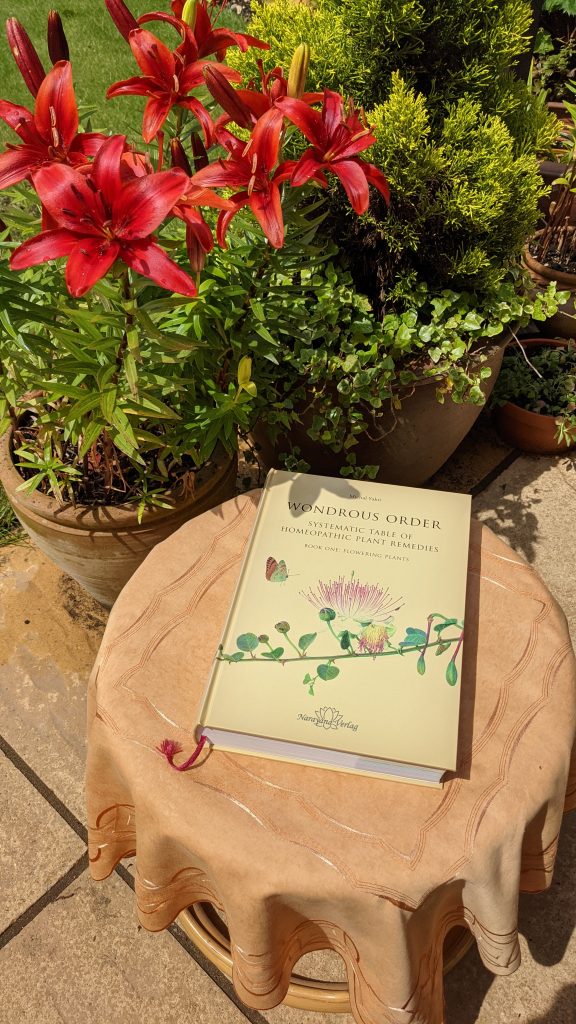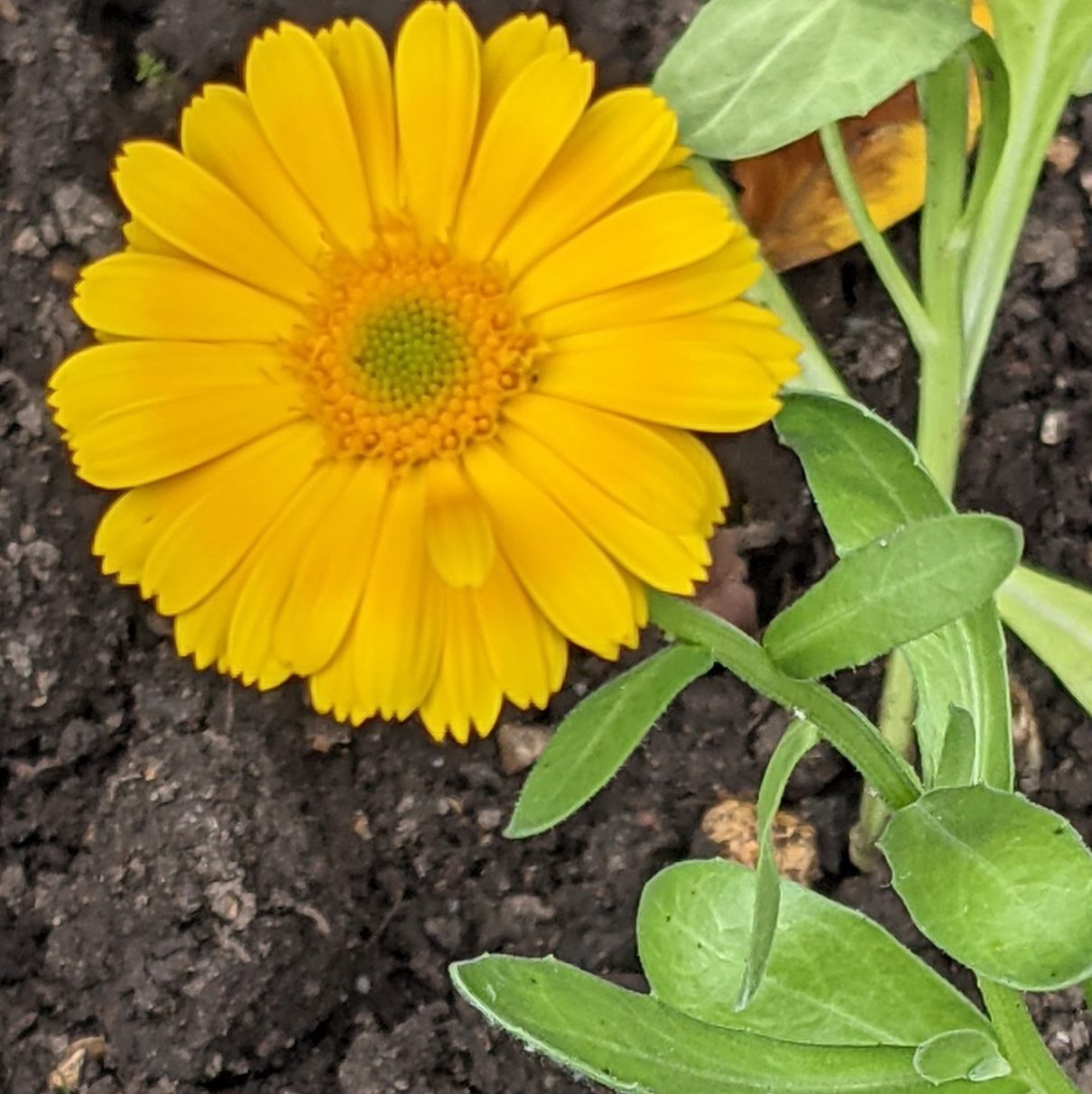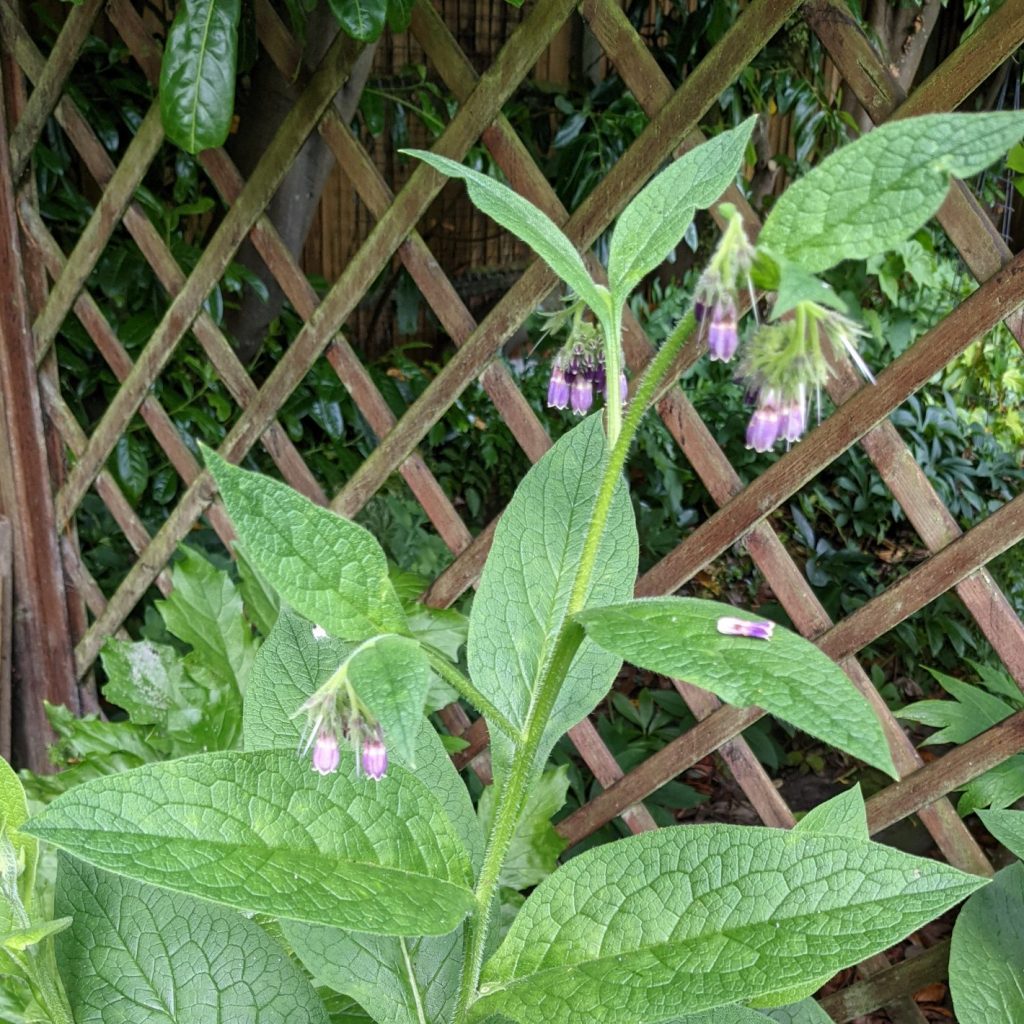I recently listened to a fascinating talk by botanist and homeopath Michal Yakir about the plants used in homeopathy today. She recently published a magnificent book titled Wondrous Order.
Her thesis is that plant families (known as Orders) have meaning in mankind’s evolution and the application of homeopathic medicine.
More than 50% of homeopathic medicines are of plant origin. Most of the rest originate from minerals or elements.
Over millions of years new Orders of plant life have evolved, from simple plants like mosses and ferns, to ever more complex flowering plants.

Michal perceives that each “Order” represents a theme in our development from infant to adult. These correlate with our psychological maturity. This is somewhat age independent. Maturity doesn’t always come with age!
Similarly within each Order sub-classes have evolved. Here Michal perceives stages of emotional and physical development. In contrast, this is generally age dependent.
A a homeopath she finds that these patterns can help her to find the best medicines for her clients.
In a similar manner another well established Dutch homeopath Jan Scholten has found symmetry in the elements of the Periodic Table. These elements are the basis of the second largest class of homeopathic remedies, the minerals. He too has studied the plant kingdom https://janscholten.com/
Extraodinary work by two great minds.
Let’s take a couple of examples:

Calendula (Marigold), belongs to the Aster family. It has healing properties and as a herbal product it can be used as a mild antiseptic cream to heal small wounds.
However, homeopathy considers not just the physical but also the emotional / mental. The wound doesn’t have to be physical, so (to quote Michal) a person could be “as if of a wounded person”; “don’t touch me!”

Symphytum from the Borage family, is better known to gardeners as Comfrey, and in olden times as “bone-set” because of its use in helping broken bones to heal.
Both the above plants are in the same plant Order (Asterideæ). In both there is a theme of avoidance of touch, of being hurt – obvious with a wound or broken bone, perhaps less so in the emotional sense. Such emotional oversensitivity might suggest an impediment to inner growth
Over the last century or so, the objectivity of science – for all its benefits – has set humankind apart from nature, rather than being a part of nature. This is unfortunate as we are subjects not simply objective observers in the story as Michal and Jan both suggest.
Environmental crisis, forest fires and a pandemic, should be timely reminders of our true origins. But re-discovering our roots is a challenge be it at the personal or collective level.
All a little complicated? But is it so surprising that our story depends on the plants we eat, and the minerals from which they grow. They tell our story…